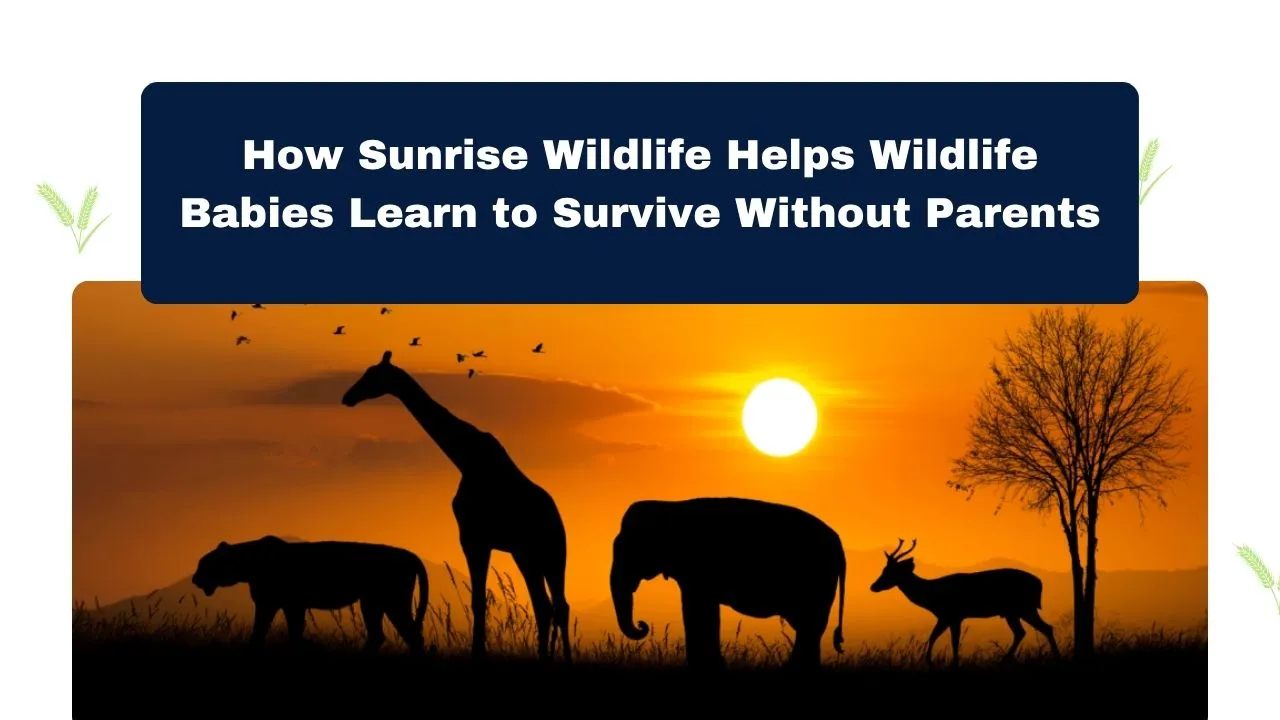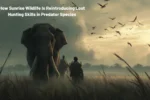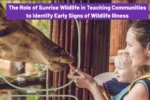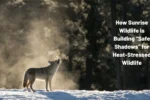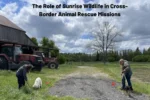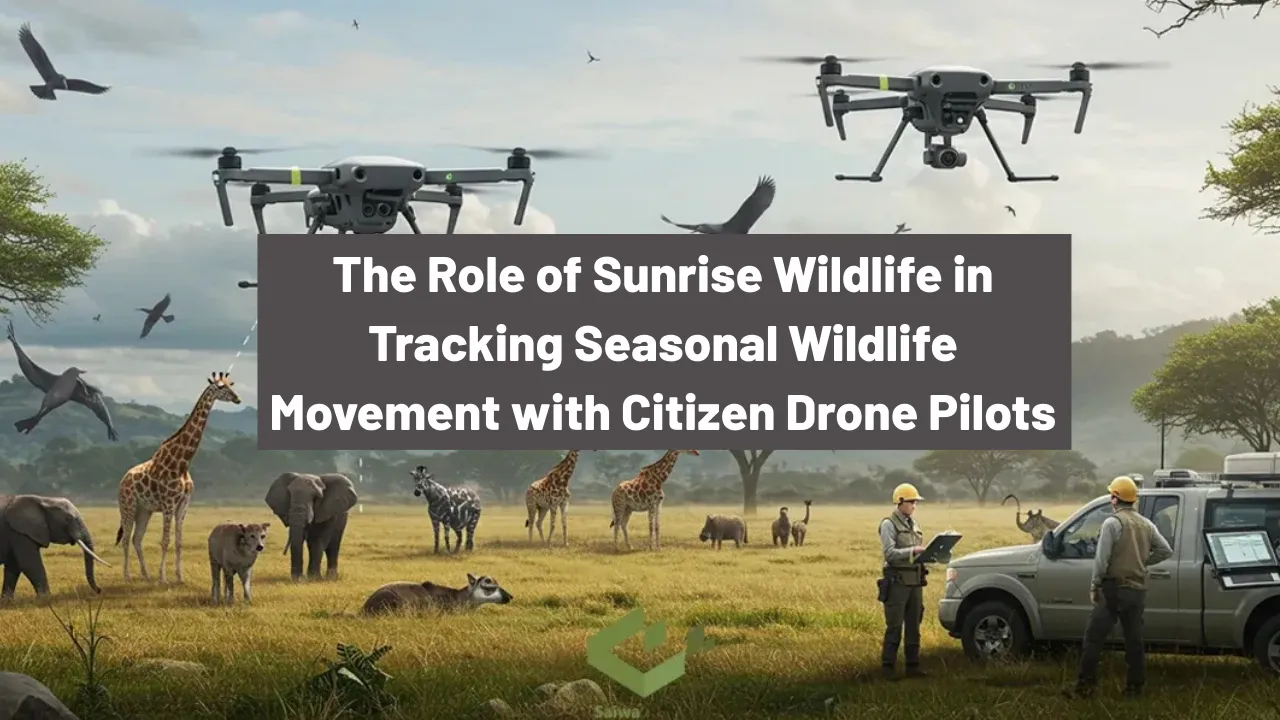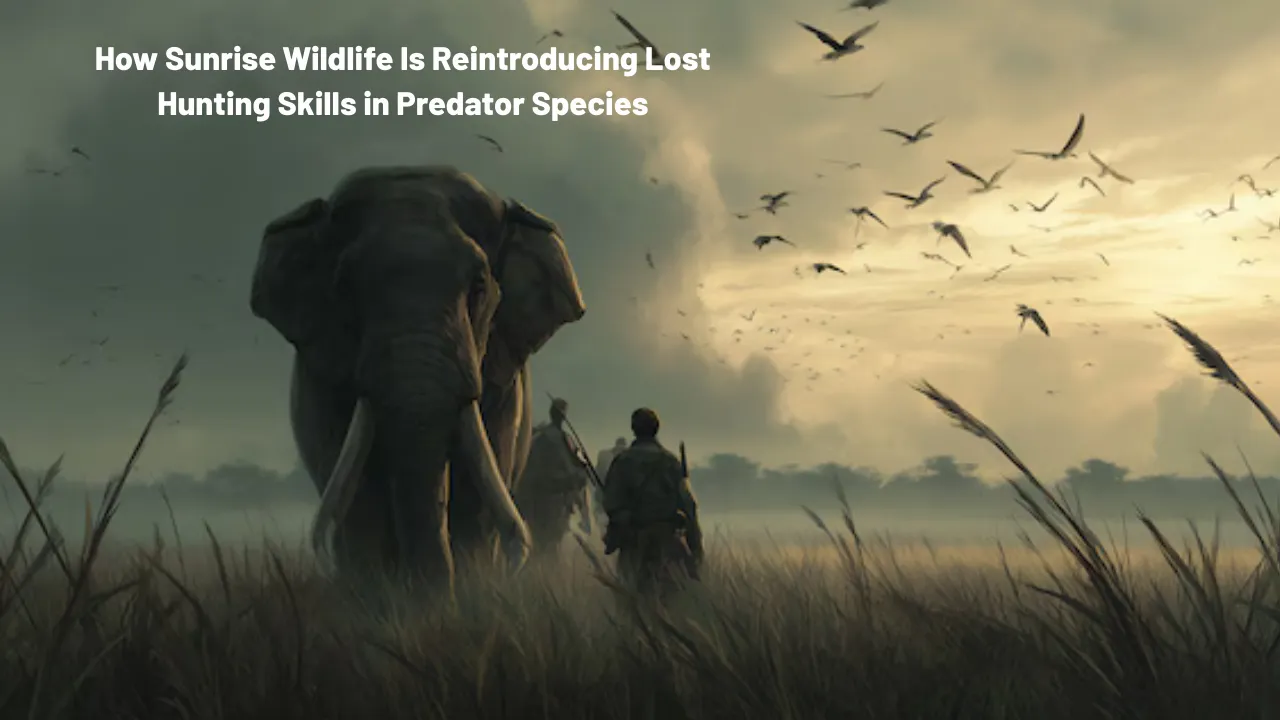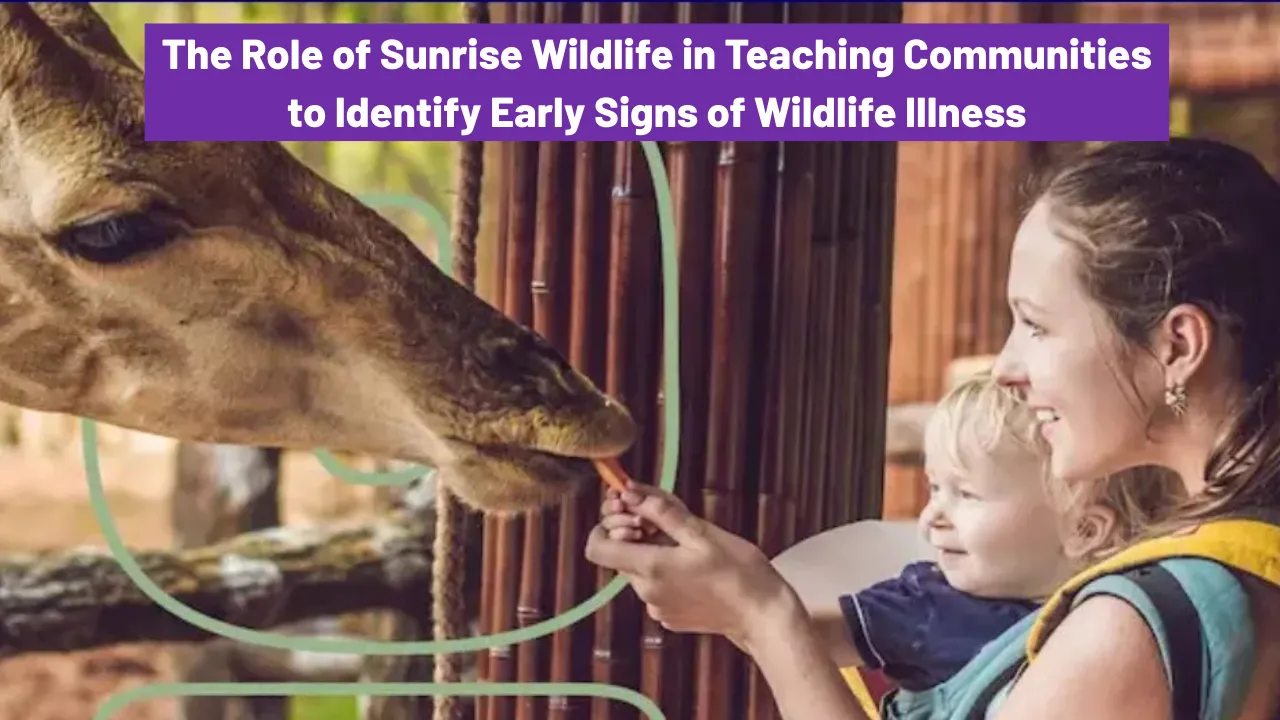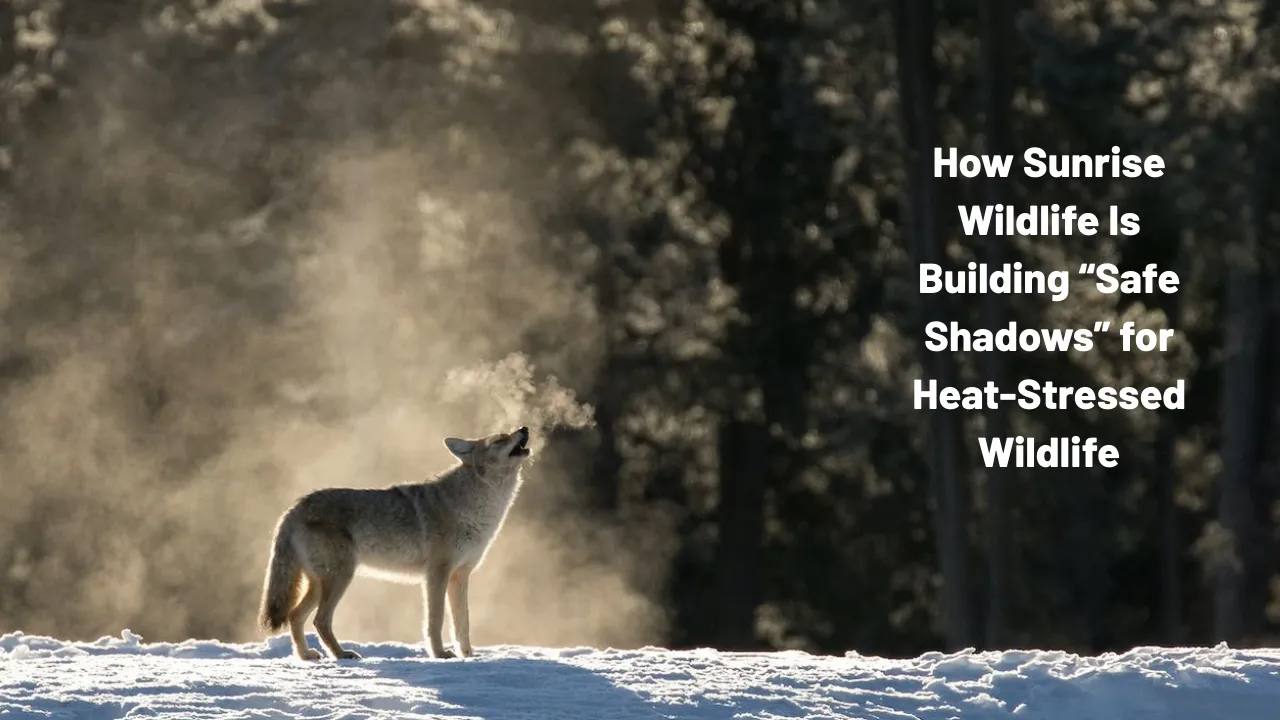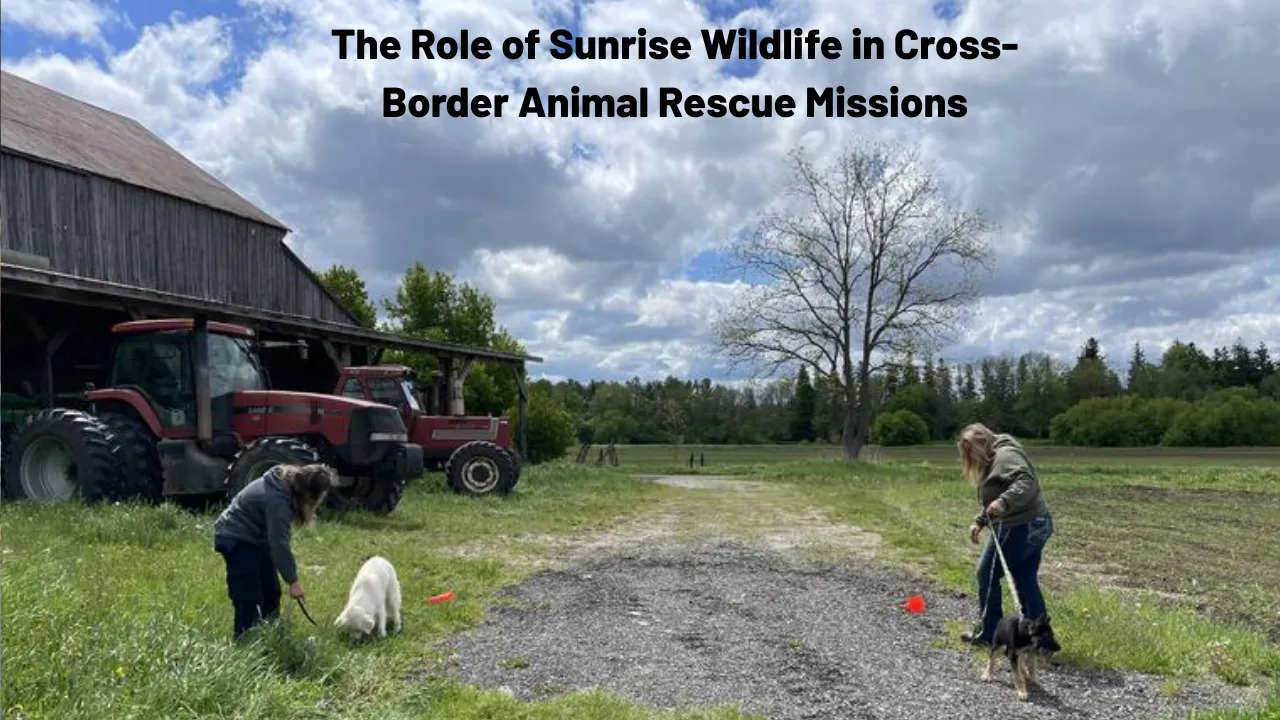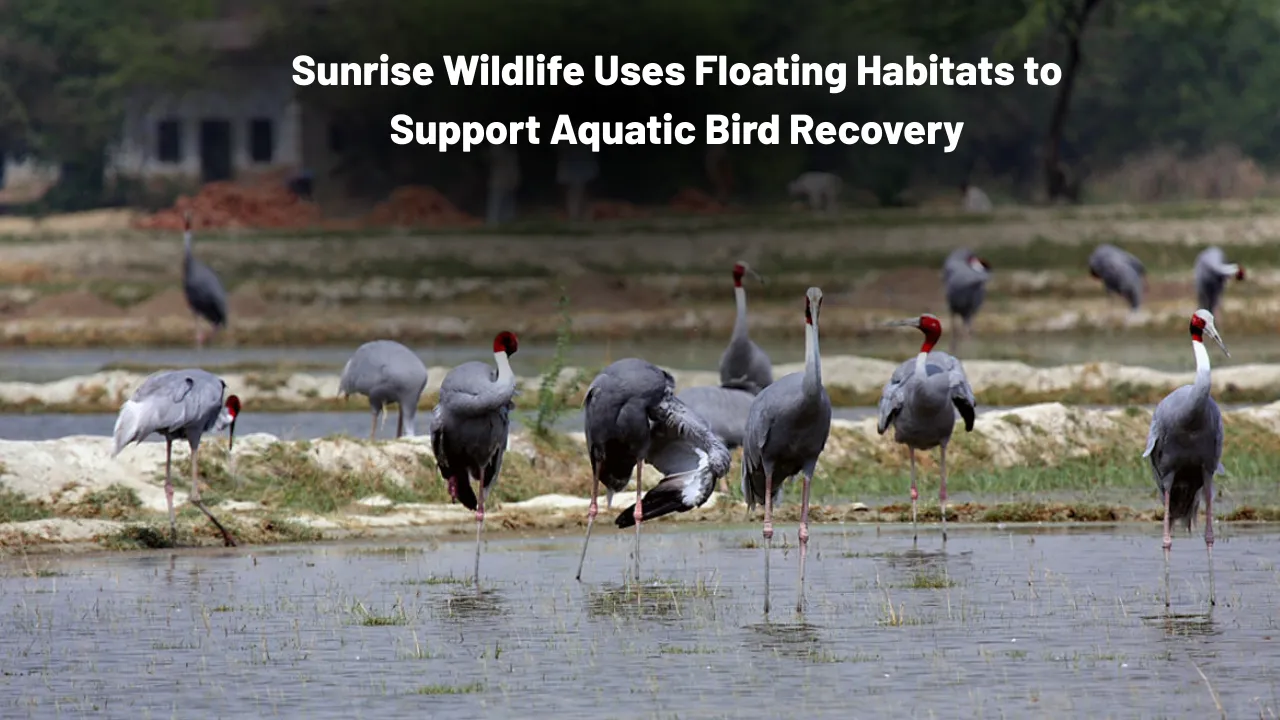Sunrise Wildlife: Sunrise Wildlife plays a vital role in the lives of wildlife babies who are left alone without the guidance and protection of their parents. In today’s changing world, with increasing urban expansion and habitat destruction, more and more baby animals are being separated from their families. Whether it’s due to road accidents, storms, or unintentional human interference, these young creatures often find themselves in dangerous situations they are not equipped to handle.
This article explores how Sunrise Wildlife provides these vulnerable animals with a second chance at life. It looks into the methods used to raise, nurture, and prepare them for release into the wild. We’ll uncover the step-by-step care system that helps orphaned animals grow up strong, healthy, and ready to return to nature, just as they were meant to.
How Sunrise Wildlife Supports Orphaned Wildlife Babies
At the heart of Sunrise Wildlife is a mission to save, heal, and teach wildlife babies who have lost their parents. As a trusted wildlife rehabilitation center, it provides immediate rescue, medical attention, and natural learning environments where orphaned animals are cared for and trained to survive. Every case is unique — from a tiny bird that fell from a tree to a young deer found alone in a field — and each baby is treated with specialized attention. The team focuses on building essential survival instincts in every animal so they can live independently in the wild once released. With experienced handlers and a focus on nature conservation, the organization ensures that every animal has a chance at a wild, free life.
Overview of Sunrise Wildlife’s Work
| Area of Focus | Description |
| Emergency Rescue | Quick response to calls about abandoned or injured wildlife babies |
| Veterinary Care | On-site exams, treatments, and ongoing health monitoring |
| Species-Specific Feeding | Nutrition plans based on species and developmental needs |
| Natural Habitats | Simulated wild environments for proper physical and behavioral development |
| Survival Training | Teaching skills like foraging, hiding, climbing, and predator awareness |
| Wildlife Release | Carefully planned reintroduction into safe, familiar wild areas |
| Community Involvement | Local volunteers and donors help sustain the organization |
How Sunrise Wildlife Supports Orphaned Animals
When a baby animal is brought to Sunrise Wildlife, the first step is a calm assessment. Trained staff check for injuries, dehydration, or signs of stress. These young animals often arrive scared, weak, and unfamiliar with human presence. By minimizing handling and using quiet, safe enclosures, the staff creates a comforting start to their recovery.
The center handles a wide range of species — birds, mammals, even reptiles — and each one has its own care plan. The focus isn’t just on physical healing, but also on giving the animals a way to grow mentally and emotionally into self-reliant creatures. The success of their work lies in the deep understanding of animal behavior and the respect for wild instincts.
Feeding and Nutrition Training
Young animals rely heavily on their parents for food and comfort, especially in their early weeks. At Sunrise Wildlife, nutrition is never one-size-fits-all. Wildlife babies like foxes, raccoons, or owls are fed species-specific diets that are adjusted as they grow. What starts as milk replacement or hand feeding eventually shifts to solid food or live prey, depending on the species.
The transition from dependency to self-feeding is carefully guided. Animals are given opportunities to hunt, forage, and scavenge in controlled spaces that mimic their natural environment. This reduces their reliance on humans and sharpens their instinctual behaviors. Over time, they develop the ability to identify food sources and make their own choices — a crucial skill for survival.
Shelter and Natural Living Conditions
Physical safety is just as important as emotional comfort. That’s why Sunrise Wildlife creates natural habitats that simulate wild surroundings. These environments are designed to encourage movement, exploration, and interaction with real-world elements like branches, water, and weather changes.
Animals are kept in enclosures that resemble forests, meadows, or nesting spaces, depending on their natural homes. These setups help them build muscles, sharpen climbing or flying skills, and learn how to navigate their surroundings. The goal is to avoid creating a “zoo-like” comfort and instead build confidence for real wilderness conditions.
Life Skills for Survival
Beyond physical care, the animals at Sunrise Wildlife are taught how to be wild again. These aren’t tricks or commands — they are natural behaviors restored through a combination of instinct, practice, and gentle encouragement. The most common survival lessons include:
- Avoiding predators by recognizing sounds and scents
- Building shelters or choosing safe roosting spots
- Finding food through smell, sight, and natural foraging
- Social learning in groups when possible, especially for herd or flock animals
The center makes sure that every wildlife baby leaves not just healed, but prepared.
Health Checks and Veterinary Support
No animal is released without full health clearance. From the first day they arrive, baby animals are monitored for any sign of disease, weakness, or abnormal development. Regular checkups, parasite control, vaccinations (where appropriate), and emergency surgeries are part of the comprehensive care plan.
Veterinarians play a key role in both healing and prevention. Injuries are treated promptly, and recovery is closely tracked. The animals’ progress is documented and reviewed by a team of wildlife professionals to ensure no detail is overlooked.
Two Key Areas Where Sunrise Wildlife Makes a Big Difference
- Emergency Rescues: Fast response time makes the difference between life and death for many wildlife babies. The team is available on short notice to pick up or advise on safe containment of young or injured animals.
- Education and Awareness: Community outreach efforts teach people how to recognize signs of abandoned wildlife, what actions to avoid, and how to contribute to long-term wildlife care.
Volunteer Support and Community Help
Without community support, Sunrise Wildlife wouldn’t be able to serve the large number of animals it rescues each year. Volunteers assist with daily care routines like feeding, cleaning, and preparing natural habitats. Local donors provide funds or supplies like blankets, cages, and food.
The center also partners with schools, conservation groups, and local wildlife experts to raise awareness about protecting nature. Every act of kindness — whether a donation or a rescued animal — makes a measurable difference.
Preparing for Release Back to the Wild
The final step in every success story is release. After weeks or months of care, the animals that show full independence and good health are returned to safe, familiar wild environments. This process is done slowly and at the right time — never rushed.
The team selects release sites based on food availability, safety from predators, and distance from human activity. Some animals are monitored after release with check-ins to ensure they are adapting. The ultimate reward is seeing an animal return to nature, fully capable and free.
FAQs
How do I know if a wildlife baby is truly orphaned?
Wait and watch from a distance. Many animal parents leave their babies briefly. If the parent doesn’t return after several hours, call a wildlife expert.
What animals does Sunrise Wildlife usually help?
They assist a wide range of wildlife babies including squirrels, raccoons, rabbits, deer, birds, foxes, and more.
Is it okay to feed or keep a wild baby animal at home?
No. Feeding the wrong diet or too much handling can harm the animal. Always call a wildlife center or rescue organization.
Can I visit Sunrise Wildlife?
It’s not usually open to the public to keep animals wild, but special tours or open days might be announced on their website or social media.
How can I help if I can’t volunteer?
Donations, spreading awareness, attending events, and providing supplies are all great ways to support wildlife rehabilitation.
Final Thought
Sunrise Wildlife is more than just a shelter — it’s a place where second chances begin. By focusing on baby animal care, skill-building, and eventual wildlife release, they turn tragedy into hope for many creatures. Every rescue becomes a success story when a once-fragile animal walks, flies, or runs back into the wild where it belongs.
If you’ve ever wondered how to make a difference for wildlife, this is one of the most impactful ways. Comment below with your own experience or visit our related content to learn more about how you can help animals thrive in nature.
